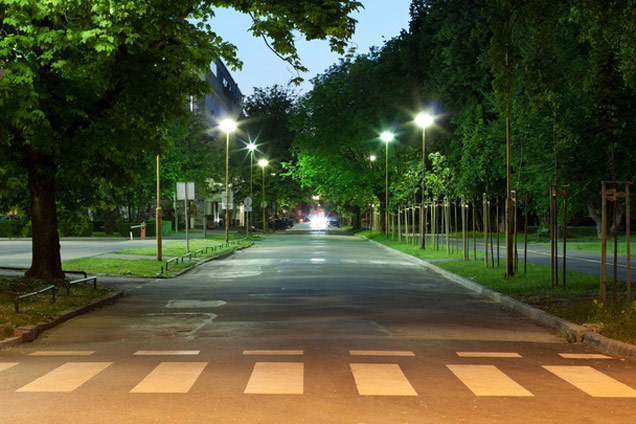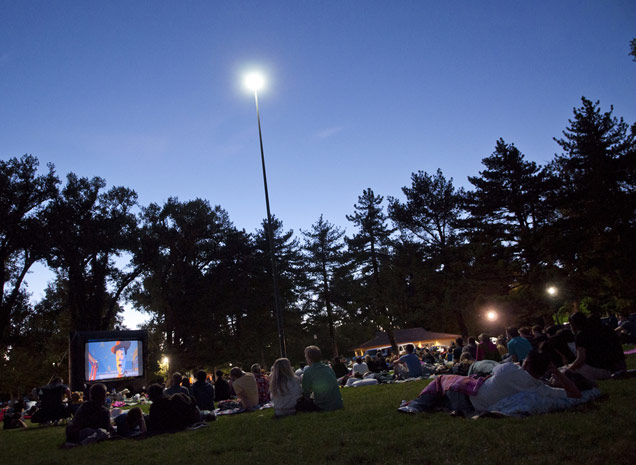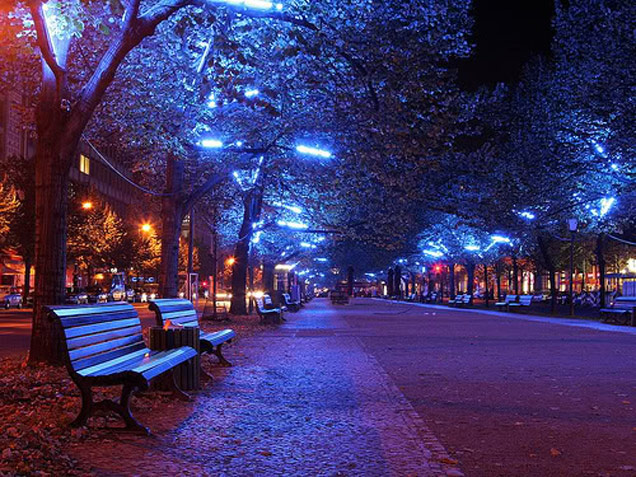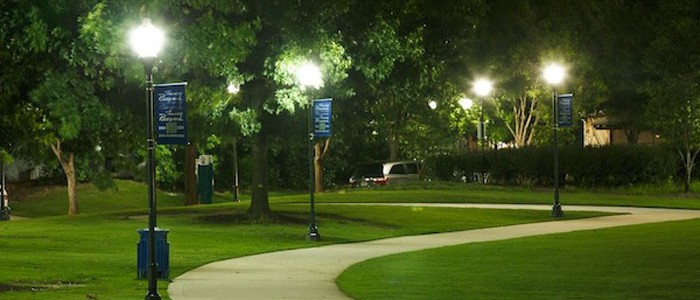Associating light with safety is a universal feeling. When given the choice between walking down a dark downtown alleyway and taking the well-lit path, the majority will perceive the illuminated path as the safer choice. But according to research on the correlation between street lighting and crime, perception of safety may be all it is. While there is no significant evidence that street lighting decreases the actual level of crime, there is strong indication that increased lighting decreases the fear of crime. Most criminologists agree that crime is more complicated than light versus dark and local factors should be considered when determining if a particular lighting strategy will be effective in deterring crime or not.

Perhaps the greater impact from brightness is that it helps communities feel more livable and sociable; community pride and confidence is stronger. This results in more people interacting and being outdoors—which may be the greater deterrent to malfeasance than extra street lights.

If more light is allegedly nothing more than a psychological play on our sense of safety, how about mood lighting? Another approach to reducing crime with illumination is with blue lights. Countries such as Scotland and Japan have installed blue street lights claiming that after installation, the number of crimes in areas illuminated in blue noticeably decreased.

Blue street lights believed to prevent suicides and street crime ›
Do you think light can affect crime rates? Do you feel safer when areas are brighter at night?
Are you looking for a new home in Utah? See our available homes and downtown Salt Lake City lofts.
Follow ClearWater Homes on Pinterest and Facebook for news, tips, and updates about new homes and urban loft communities in Salt Lake City.




Comments are closed.